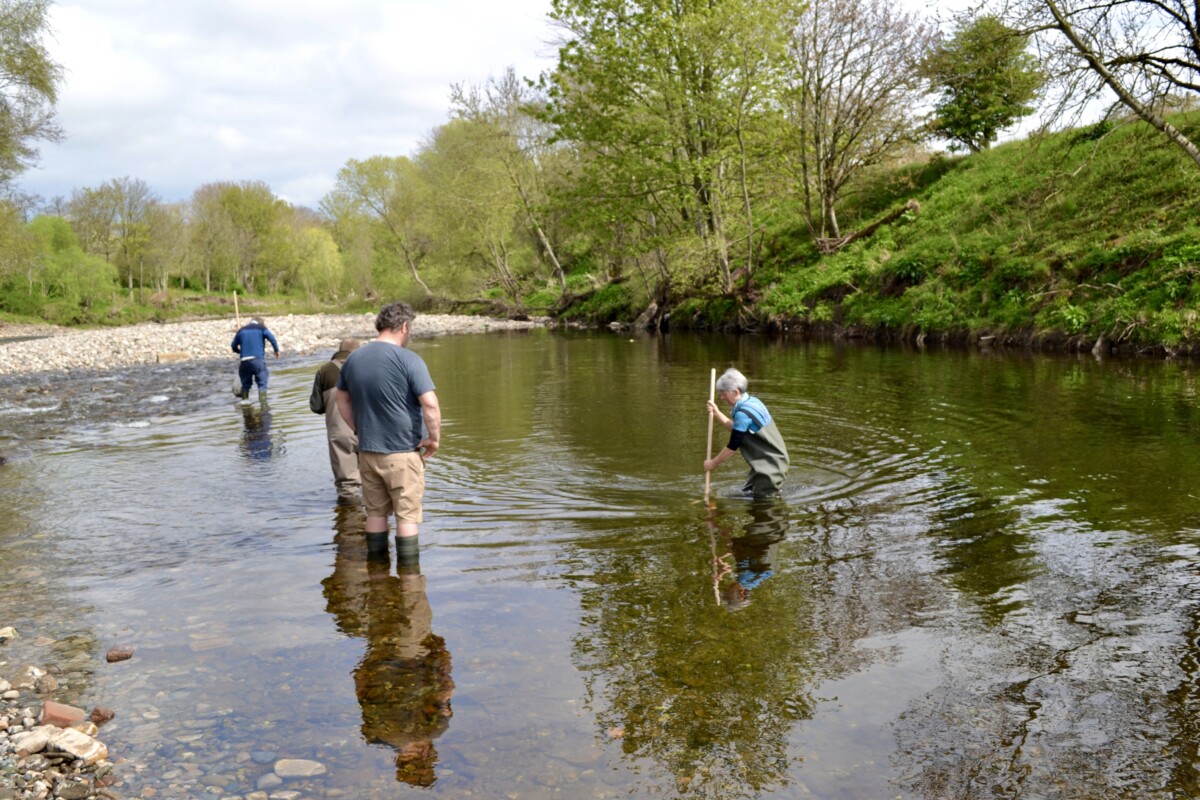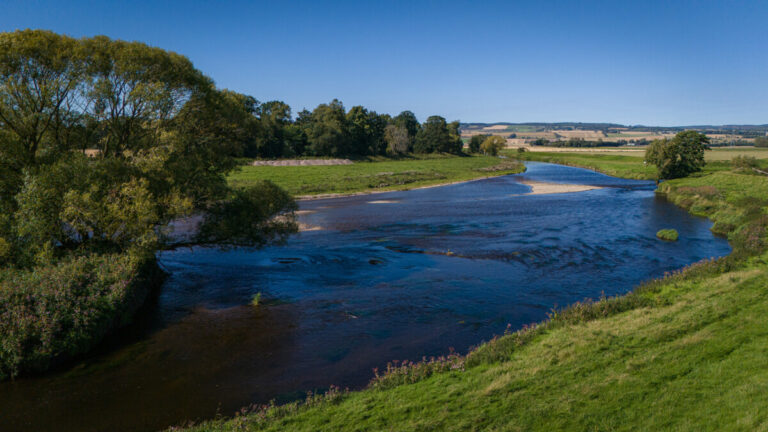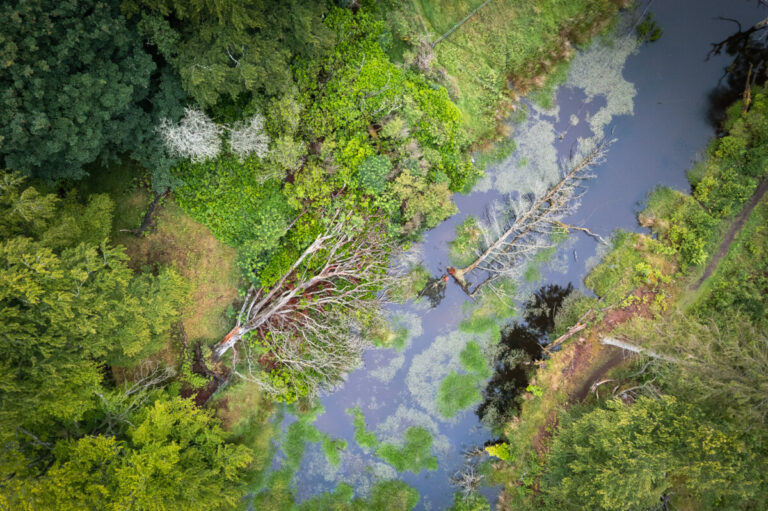"One touch of nature makes the whole world kin" John Muir
Engaging and involving local people in river restoration and ensuring community benefit is key to the success of river regeneration projects and catchment management and this very important role lies at the heart of the River Ericht Catchment Restoration Initiative (RECRI).
Indeed the genesis of the whole initiative was locally led. It came through project undertaken by the Cateran Ecomuseum, a local community heritage organisation and one of RECRI’s founding partners.
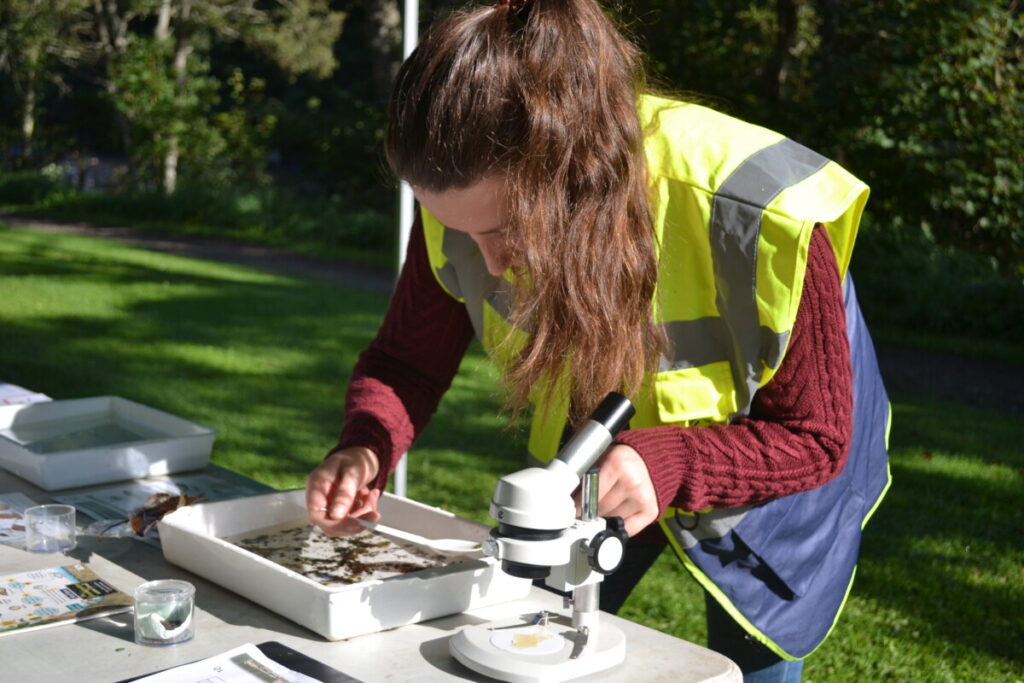
How the story of our past can help shape the story of our future
In 2021, they undertook an early stage Palaeoenvironmental Study of the River Ericht, engaging with local experts and volunteers and the Tay Ghilles Association’s Smart Rivers project as part of their Museum of Rapid Transition programme. Through the local relationships and networks strengthened and built during these projects, a group of locally based organisations decided to form a partnership to bid for one of two Riverwoods Investment Readiness Pioneers Award. The success of this bid enabled RECRI to launch.
One of the issues that was profiled through the Ecomuseum’s early 2021 work was the impact on river health, particularly wild fish, of historical infrastructure in the river around the Brig O’ Blair in Blairgowrie, built during the industrial revolution of the late 19th and early 20th centuries to serve the textile mills. This issue is a common one across Scotland and elsewhere, and can have several detrimental impacts on wild fish populations, particularly salmon and trout. They can obstruct fish migration, alter flow dynamics, degrade freshwater habitats including water quality, increase predation risk and trap and strand fish. However, despite a long standing recognition by many people and organisations involved directly in the river’s health over many years, solutions were proving hard to find.
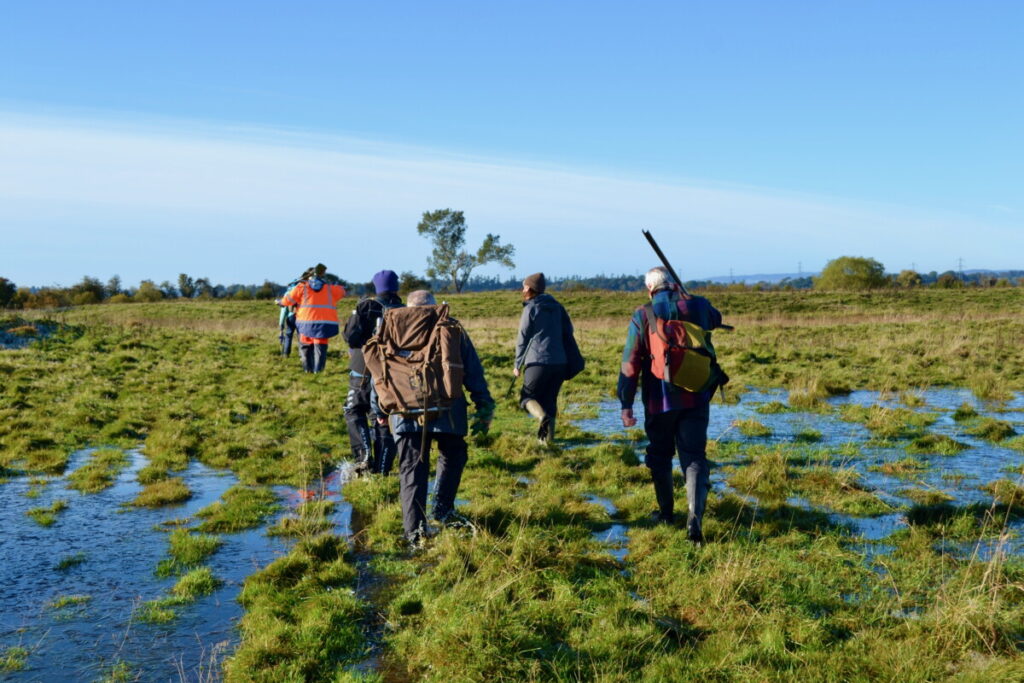
River Detectives #1
Building on the findings of their 2021 work, the Cateran Ecomusuem moved on to a second stage of investigation, looking specifically at the environmental history of the Blairgowrie Mills. Called Flax & Flood, the project was one of four undertaken by volunteer Community Scientists and Historians from August 2023 – August 2024 under the banner of the Cateran Ecomuseum River Detectives. Each investigated how the people of Strathmore managed their rivers, bogs and lochans in the past and how this knowledge might help local communities take better care of them now and in the future.
Flax & Flood, looked at how the environment affected the mills – and vice versa. How did changing 19th century weather patterns affect the mills? What were the effects of extreme weather (floods, droughts) on them? How did the mills manage the water supply? Was steam-power a response to variable water supply? How did the mills work together and compete over the water supply? How did they work and compete with other users of the water supply: farms, traditional mills, salmon fishing and the town itself?
You can read more about the project and its sister projects at this link here.
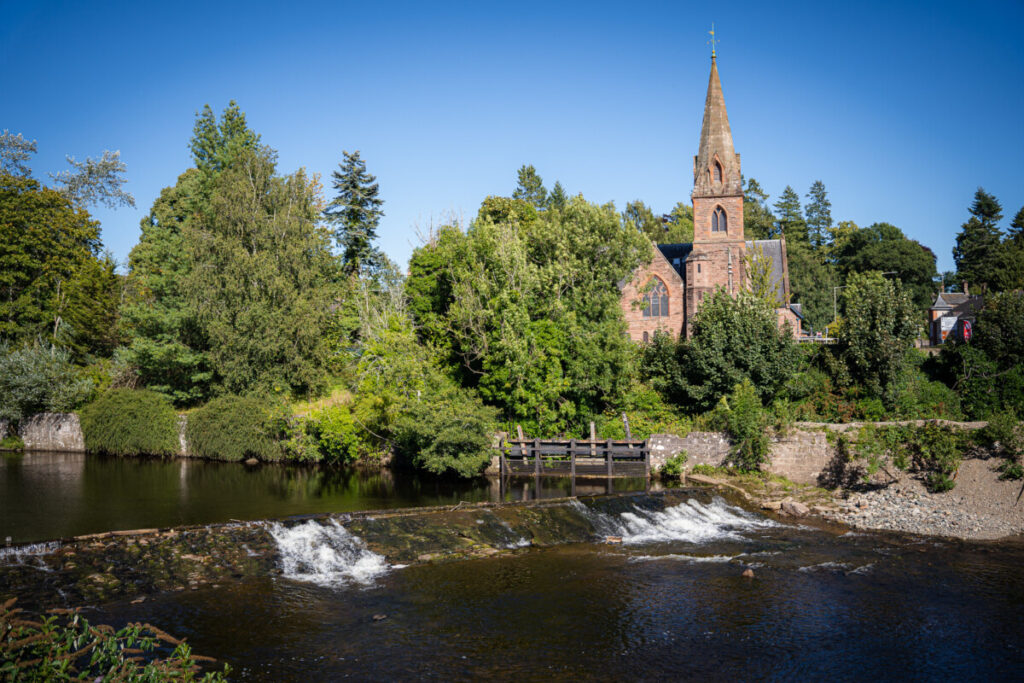
Possible solutions to repairing the lade gate at the Brig O’ Blair
With the establishment of the RECRI partnership in 2022 and the success of the bid, an opportunity emerged to bring potential solutions to the issues presented by the historical infrastructure to the fore, and it became part of three focus areas in the preliminary design stage, the other two being environmental restoration and community benefit, see this link here.
Through the RECRI partners’ local network, the project team was put in touch with civil engineer Stewart Robertson. A longstanding Blairgowrie resident, Stewart had been approached by a neighbour and local angler in Spring 2021 about the condition of the Lade Gates at the Brig O’ Blair, which was trapping Salmon smolts, so he was already familiar with the problems that the weirs and the lade were creating.
Stewart kindly volunteered to develop early stage options for the repair of the Lade Gate, which are now in a format which can be shared publicly.
As an introduction to the complex task of resolving these kinds of issues, we asked Stewart to summarise what he has been doing.
Stewart, can you tell us how you came to know so much about lade gates and other kinds of historical infrastructure in our rivers?.
My background as a civil engineer is in the water environment, and more recently on the development, construction and maintenance of hydro generating schemes throughout Scotland, which all generally have gates or screening regulated under CAR License (Controlled Activities Regulations). Over the last 35 years I have been involved in the development design, planning and construction of flood defences, marine construction in harbours, coastal protection and more recently hydro Development and construction. In many of these development we regularly come across historic structures, water ways or lades which have a particular status and require protection as heritage assets and are sometimes subject to archaeological assessment or particular consideration under planning such as listed structures.
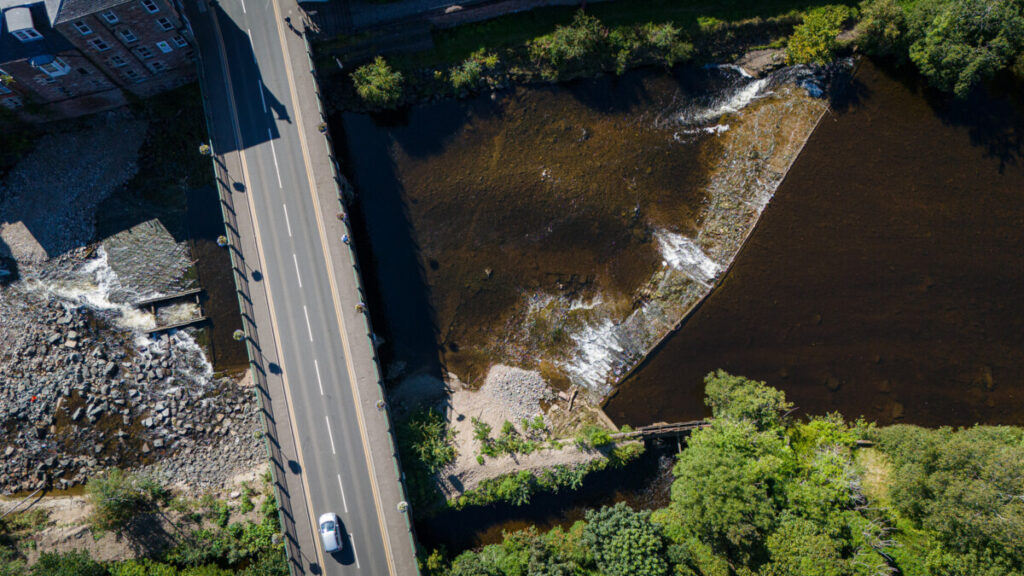
Can you summarise how you approached coming up with potential solutions to repairing the lade gates?
Before my neighbour asked for my advice, I knew nothing of the Gates and passed them every day without a thought. Once asked to assist in cases like this, the first stage is to try and clarify who owns the Gates – often this is not straightforward as original deeds can date back a long way and may not necessarily be easily available from our modern day Sasine Register. There may also be rights of access by 3rd parties called wayleaves or servitudes, which are legally binding. The next stage is to find out whether they are controlled by a CAR licence, which are regulated by SEPA. Understanding what the CAR licence details are generates factual information on how much water flow is allowed to pass the gates and the who has the duty and responsibility to operate and maintain them.
It’s really important to gather information from any source possible to ensure accurate as possible baseline information at this stage.
Once you’ve done this, solutions and opportunities for resolving the issues these old structures are now causing can then be considered and developed. This stage requires a more intensive assessment of dimensions, levels and current controls in relation to the river environment and other historic structures in the Ericht such as the neighbouring weirs, the condition of the gate to assess how functional it currently is and exactly where the structural problems are and understanding the interests of all local stakeholders affected and what information and opinions they can share. All this information helps builds an accurate a picture as possible .
From this information gathering exercise, it is then possible to begin working up a series of conceptual options to evolve this heritage asset into one which can help with Salmon smolt protection, if possible, given their heritage value, return the Gates sympathetically to their former function and condition and also ensure they serve the local businesses which rely upon them under CAR Licenses.
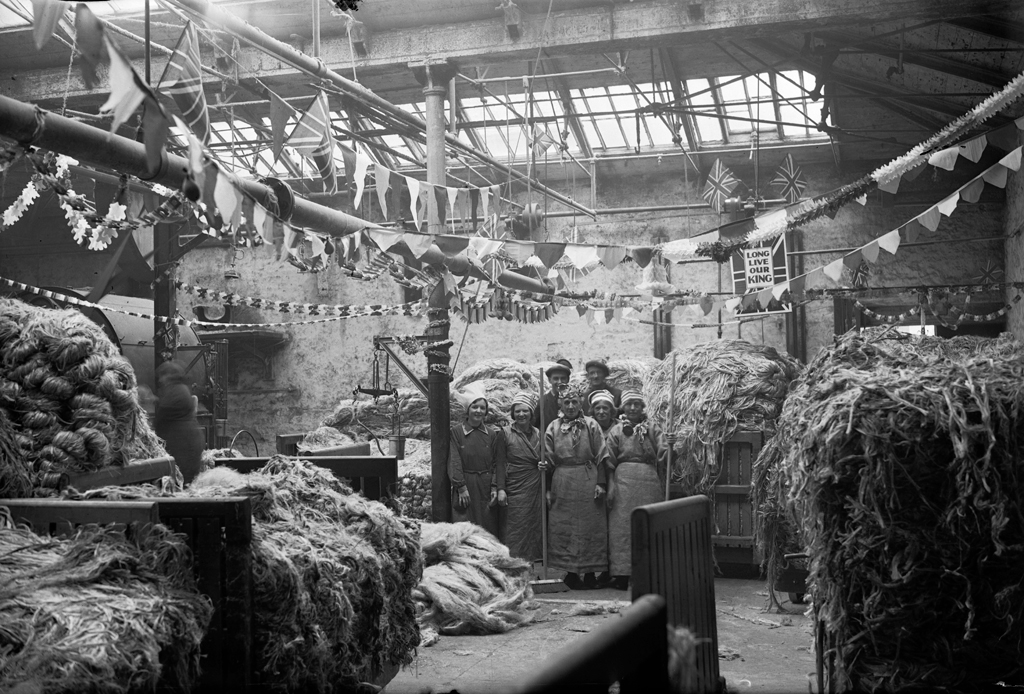
Why should local people care about these issues and get involved in helping to resolve them
My thoughts are that the Lade Gates are a local feature which have existed since the heyday of Blairgowrie’s textile industry so are an important part of the town’s local heritage. If at all possible they should be maintained so they are features that can be valued and enjoyed by townsfolk and others interested in the history of this part of Scotland into the future.
They also currently serve an important purpose in supporting local business interests in the form of irrigation, fish farming and hydro generation.
Many would agree that equally or even more importantly, reconditioning the Lade Gates can have a key role in preserving Wild Atlantic Salmon smolt (young salmon) numbers in the Ericht to help mitigate and improve Salmon numbers which are declining in the Tay Catchment generally. Wild Atlantic Salmon are now classified as endangered in Scotland .
Any solution being considered needs to look to achieve all four of these objectives which are of interest to many in our local community.
And that’s why I got involved with RECRI. When asked “Can you assist?”The answer was yes, simply because I was a member of the community and knew that my experience as a Civil Engineer could help.
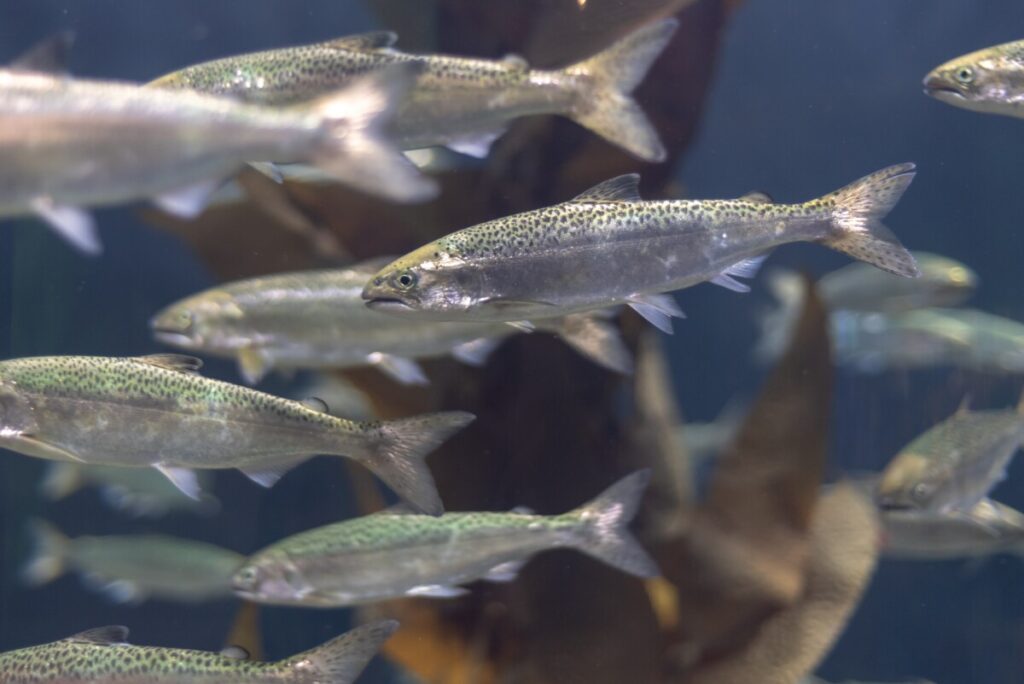
What do you think needs to happen next?
Success would be for the Gates to be repaired in such a way that they become an functional asset that serves the needs of all stakeholders and protects wild fish. My work to date on options needs further development and discussion before any final decision can be made which could achieve a fully functional, fit for purpose Lade Gate Arrangement.
Next steps would be to develop the current sequence of conceptual development options through to full design and construction details with secured and detailed contract pricing and then funding to complete delivery. The various aspects of the development and potential solution needs agreement from all stakeholders given the broad church of interested parties and different views. Ultimately the final solution and its implementation would need to satisfy everyone.
I strongly believe that this can be achieved with a large proportion of community involvement either supporting or directly contributing to the project. For example, I can foresee local businesses being employed to delivery some features of the project
We are sharing our work with local stakeholders as we progress, including offering our work to date for consideration in the recently formed Ericht Wild Salmon Strategy Implementation Project Advisory Group. Membership of this group includes SEPA, Perth & Kinross Council, the Marine Directorate, Blairgowrie & Rattray District Angling Association, the Tay Ghillies Association, NatureScot, the Crown Estate, local businesses reliant on water from the Lade and the Tay Rivers Trust and Tay District Salmon Fisheries Board who are responsibility for implementation of actions this Group agrees.
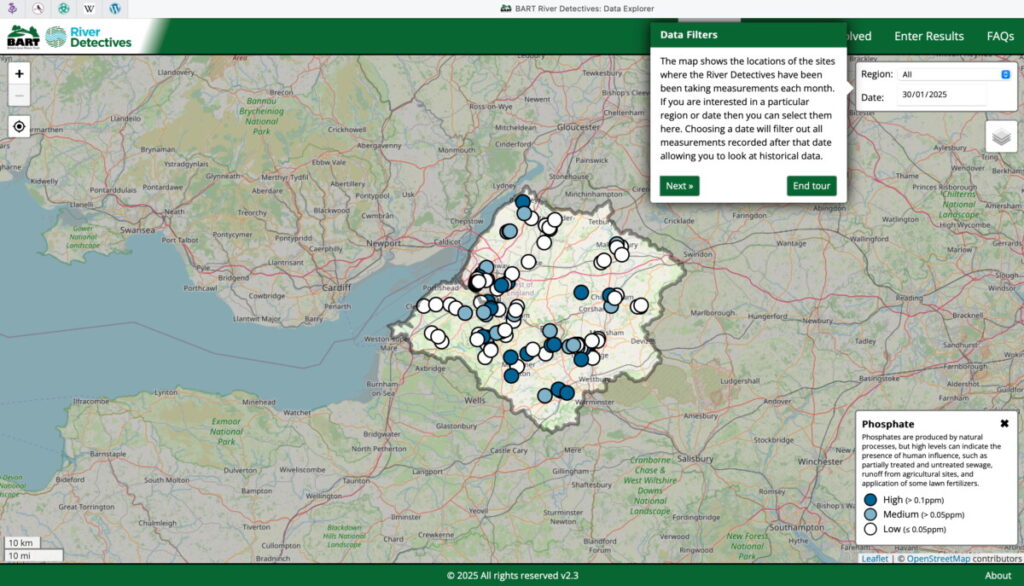
River Detectives #2
RECRI aims to build local involvement and engagement and bring in further local expertise as the initiative develops. At the turn of the year, the Cateran Ecomuseum was able to offer RECRI support to develop a second stage to their River Detective project, which would offer local people the chance to get involved in monitoring the health of the catchment now. This first design stage will develop an architecture for a participatory science programme, which will then need to attract further funding for delivery over an initial five year period. Managed through RECRI partner Blairgowrie & Rattray Development Trusts’ Biodiversity Blair project, the programme will build on existing work by local people with SISI, the Scottish Invasive Species Initiative and other projects Biodiversity Blair is involved with. It will aim to offer training and support to collect a range of data-sets relevant for measuring and understanding biodiversity, water quality, and the impact of extreme weather across the catchment.
Engaging with interested volunteers can be a powerful tool and have wide ranging impacts, not only on local communities, but also the environment and science itself. For local volunteers it can lead to a feeling of ownership and pride for their local area, and the development of a deeper understanding of the process of scientific investigation and how it helps to inform management decisions at community, regional and national levels. The environmental benefits of participatory science include an increased awareness of environmental issues among volunteers that may encourage them to change their behaviour and champion environmentalism within their social networks. For researchers, scientists and environmental managers participatory science represents a cost-effective means of carrying out work, be it data collection, or physical labour, that can help increase the scope and ambition of projects and lead to effective Monitoring, Reporting & Verification of nature retoration initiatives.
Some of the kinds of data RECRI’s River Detectives could collect are:
- Scientific data (through monitoring activities) to ascertain the current state of river systems and allow us to make informed management decisions.
- Data that can contribute to major national policy targets, specifically, NetZero2045, Biodiversity Strategy, 30 by 30 Nature Networks, Scottish Wild Salmon Strategy
- Sharing local knowledge regarding rivers that will improve the quality and resilience of restoration projects to local conditions.
As well as increasing local awareness of environmental issues, this data will be used to
- measure the impact of planned restoration initiatives and help inform the development of the catchment management plan.
- increase the scope and ambition of river restoration projects; participatory science is a cost-effective way to carry out work.
- reconnect local communities with nature and engendering a feeling of stewardship towards rivers.
We’ll be aiming to share the design framework once it is ready at the end of March, together with plans for how we move into delivery.
Do you live locally have interest and/or expertise that you think might help us regenerate the River Ericht Catchment? Do get in touch if you want to get involved in this work.
